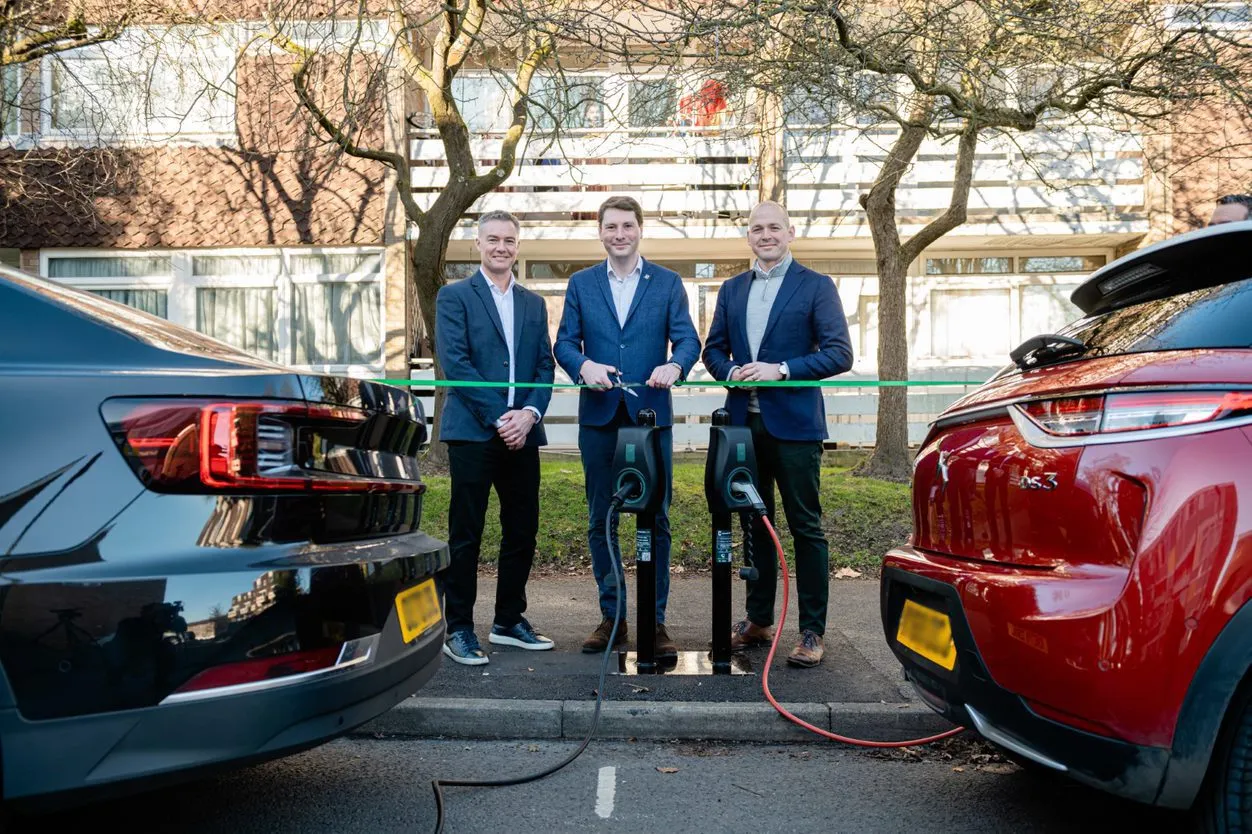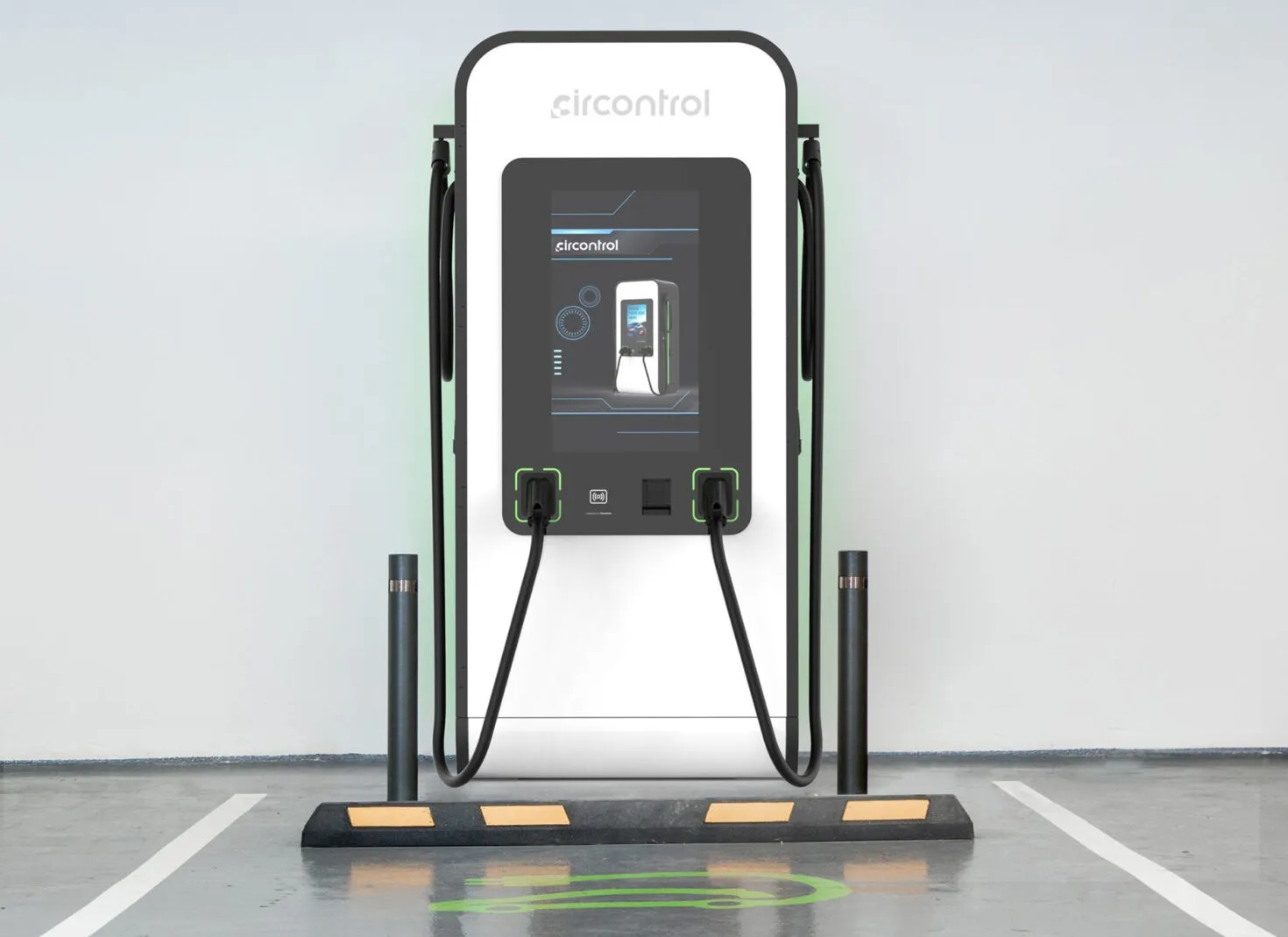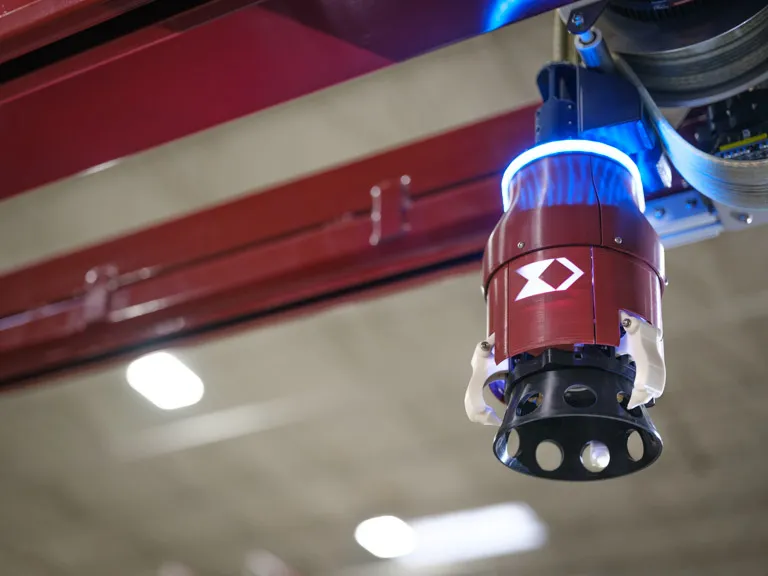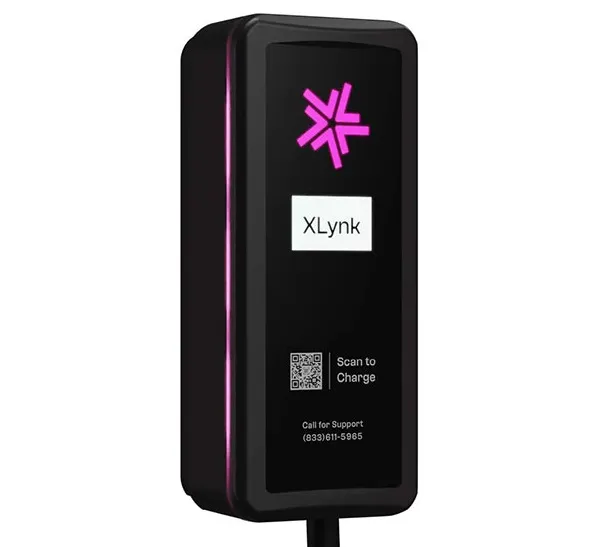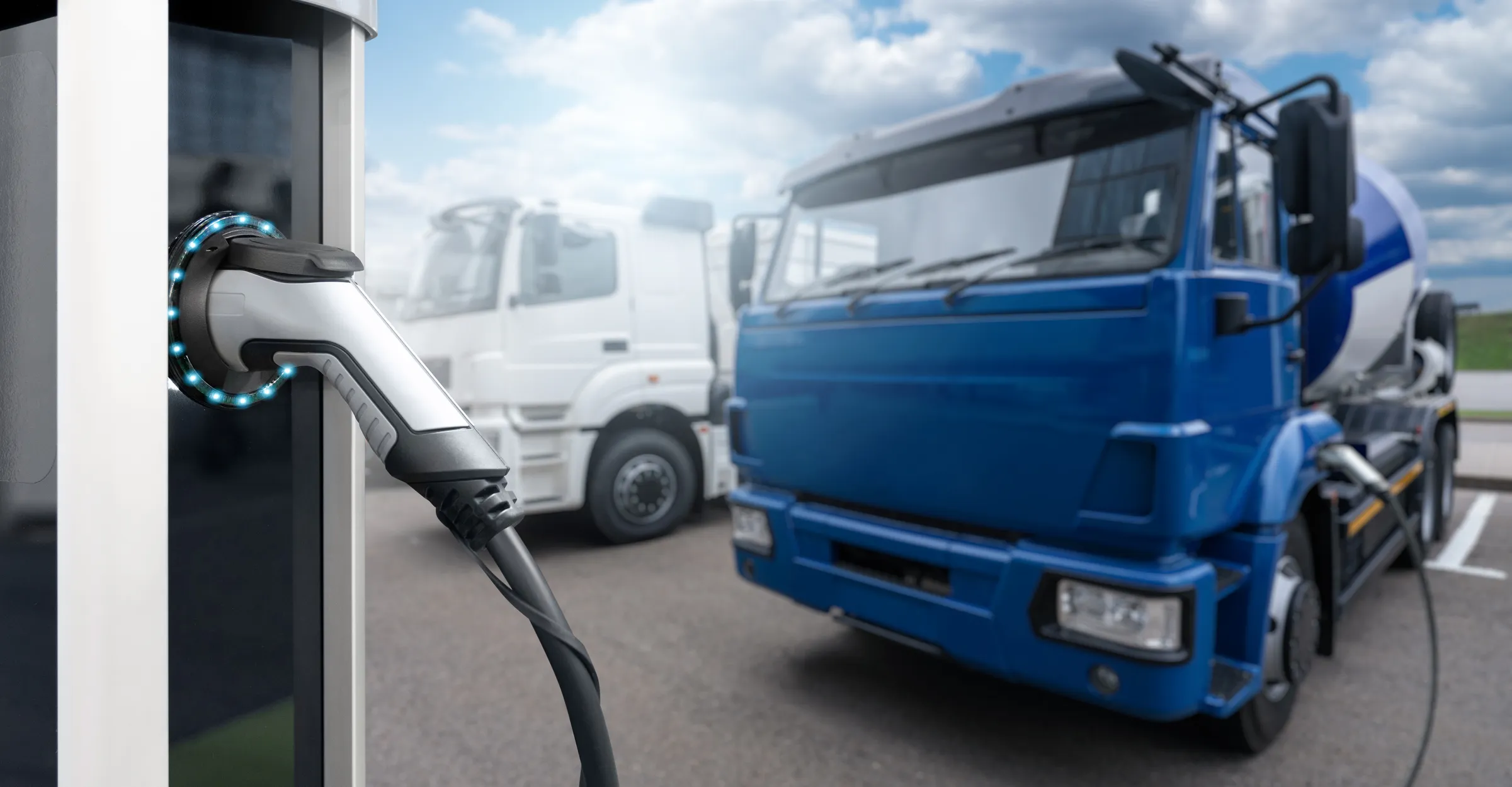
The research company says that the commercial vehicle charging infrastructure industry is in the very early stages of a growth phase which will last for decades. Mega-challenges such as vehicle emissions and climate change continue to encourage investments in electric commercial vehicles and charging infrastructure, contributing to a positive outlook for the market. Harsh emission regulations from governments in both Europe and North America are also a market catalyst.
The installed base of dedicated charging points in Europe is forecasted to grow at a compound annual growth rate (CAGR) of 49% from about 14,000 in 2023 to 345,000 by the end of 2031. In North America, the total number of dedicated charging points in use is estimated to increase from approximately 9,000 in 2023 to reach 196,000 by 2031, growing at a CAGR of 47%. These numbers include both public and non-public charging points.
Charging stations are expected to be connected through technologies like Wi-Fi and cellular IoT, allowing for smart charging management. Charge point operators (CPOs) can remotely monitor and maintain charging stations, while commercial vehicle drivers can locate chargers, monitor charging availability and manage payments. Fleet managers can utilise smart charging software to reduce charging costs by charging at non-peak hours. The publisher believes that most of the commercial vehicle charging will be depot charging at the home base.
In Europe, the installed base of public charging stations for commercial vehicles is still very small and will increase to 14,200 charging points by 2031. The situation in North America is similar and the installed base is expected to grow to 8,200 by 2031. The commercial vehicle OEM part of the value chain is consolidated and consists of a few major incumbent OEMs with global reach including Volvo Group, TRATON Group, Daimler Truck and PACCAR. There are additionally a number of newcomers targeting the electric commercial vehicle market specifically.
Examples of these actors include the major Chinese OEMs BYD and Charging Infrastructure for Heavy Commercial Vehicles in Europe and North America Geely as well as Einride, Tesla, Nikola, Windrose and Volta Trucks. The OEMs drive the industry forward through innovative pilot projects, joint ventures and collaborations such as the CharIN association. In North America, there are a number of regional as well as international companies marketing DC chargers for commercial vehicles. ChargePoint is a leading player in the market and a fullservice provider offering hardware, software and CPO services.
Other major regional hardware providers include ABB, Blink Charging, BorgWarner, BTC Power (E.ON), Detroit Diesel, Delta Electronics, Kempower, SK Signet and Siemens. In Europe, the market for DC charging solutions is more fragmented than in North America. Prominent actors include ABB, ADS-TEC Energy, Alpitronic, Ekoenergetyka, Kempower, SBRS and Siemens.
There are several software-specific providers in both regions, offering connectivity solutions for charging. Solutions include fleet management tools, peak shaving and smart charging management. Examples of software specific actors include Last Mile Solutions, Virta, Driivz, GreenFlux, Ampeco, Optimile and Noodoe. The commercial vehicle charging industry has seen initiatives from several CPOs specifically targeting heavy commercial vehicle charging.
North American actors such as TeraWatt Infrastructure, Greenlane and Forum Mobility have extensive expansion plans across the entire region. Most North American charging stations are located or planned to be initially located in the state of California. There are also commercial vehicle charging pilot projects in other states such as New York and the Canadian province of Quebec. In Europe, the joint venture CPO Milence is a major player and plans to roll out 1,700 charging stations by 2027. Circle K is also investing heavily in commercial vehicle charging and has opened 27 sites with a combined 108 charging points designed for heavy trucks. Other CPOs with heavy commercial vehicle charging initiatives include Aral Pulse (BP Pulse), EnBW and Rifil.



